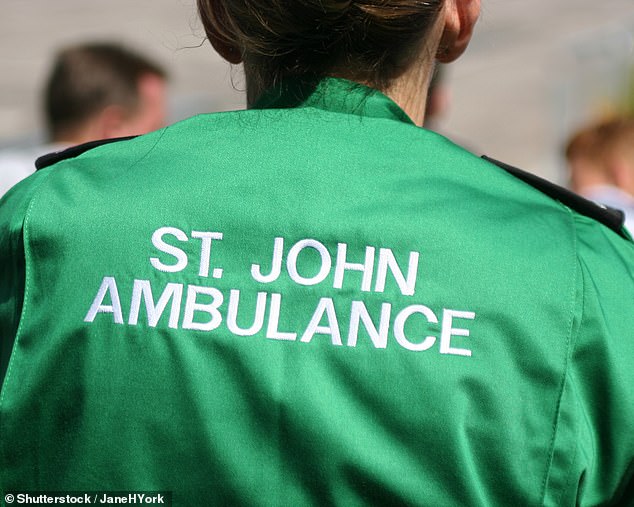Paramedic trainer reveals crucial move to prevent choking — and it’s not the Heimlich maneuver
According to experts, abdominal thrusts may not be the most effective way to save someone who is choking.
However, if you hit someone in the back, between the shoulder blades, there can still be enough pressure to dislodge something stuck in the airway.
The method is also “less invasive” than the much-touted Heimlich maneuver, which can help prevent serious complications such as rib damage.
Experts at St John Ambulance are confident the new information could actually save many lives.
They also call for new guidelines to clarify how to deal with choking when no one else is around.
According to paramedics, administering abdominal thrusts in suspected choking cases can cause damage to the heart, ribs and stomach.
Grace Lawson, a lead trainer at St John Ambulance, said The Mirror that abdominal thrusts ‘can cause a lot of damage to the victim’.
Research has long shown that in addition to rib damage, other complications can occur, such as damage to the heart valves and tears in the stomach and esophagus.
Alternatively, ‘we start by asking if they are choking, in case it is something like a severe allergy that has caused their throat to swell up – another reason for the obstruction,’ Ms Lawson added.
We asked them if they could cough, to see if they could get it out themselves.
‘If they can’t do that or if they don’t cough at all, we support them from the front on their shoulders and give them up to five blows on the back, using the heel of their hand between the shoulder blades.
‘If it still doesn’t work, we do a maximum of five abdominal thrusts. If that doesn’t help, we call an ambulance and repeat the process.

Hitting a patient on the back can generate enough pressure to dislodge something stuck in people’s airways, paramedics claim. The method is also “less invasive” than the much-touted Heimlich maneuver, which can help prevent serious complications such as rib damage
‘It is always better to start with back punches first and then move on to abdominal thrusts.
‘It is less invasive and can still clear the blockage.’
Emergency workers say every second counts during an emergency and can make the difference between life and death.
For example, when the heart stops beating, it takes less than five minutes for brain cells to die from lack of oxygen.
The longer it takes to resuscitate a patient, the greater the chance of serious brain damage and death.
Figures show that around 270 people die from choking each year in the UK, despite it being entirely preventable.
The Heimlich maneuver is often recommended when a patient is choking on food or other objects and the airway is blocked.
Normally, a first aider will wrap his arms around the choking person from behind and pull the abdomen, under the rib cage, up and inward.
The pressure created by this movement can usually remove the obstruction, allowing the patient to breathe again.
